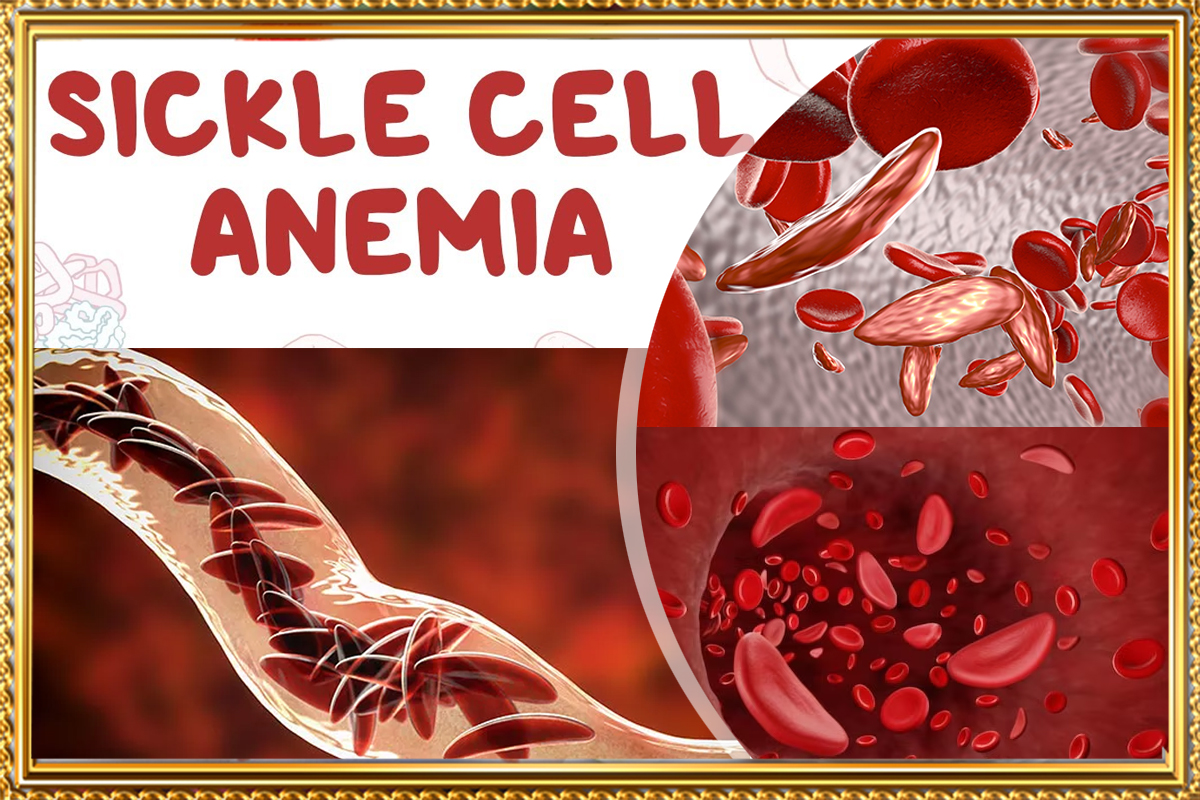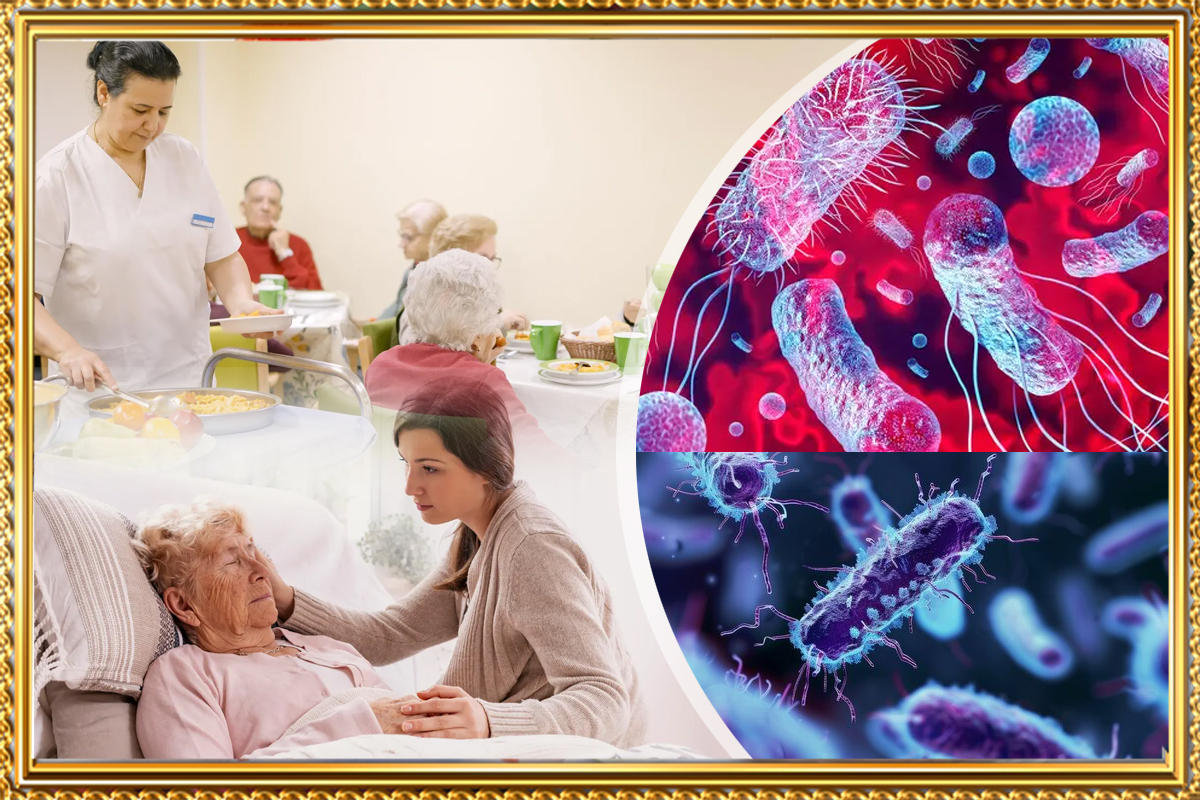How Medical Genetics Helps Manage Sickle Cell Anemia

Sickle-cell anemia is a severe genetic disorder that affects millions worldwide, often requiring expensive treatments such as bone marrow transplants and gene therapy. This article explores how medical genetics offers potential solutions for individuals who cannot afford these costly treatments. We will discuss the role of CRISPR, stem cell research, and other genetic advancements, along with their benefits, challenges, and accessibility.
Sickle-cell anemia (SCA) is an inherited blood disorder characterized by misshapen red blood cells that cause pain, fatigue, and severe complications. While bone marrow transplants and gene therapy provide potential cures, these treatments remain out of reach for many due to high costs. However, advances in medical genetics, such as CRISPR gene editing and stem cell therapies, offer hope for affordable and effective treatments. This article explores these promising solutions, their benefits, and the challenges involved in making them accessible to all.
Potential Benefits of Medical Genetics for Sickle-Cell Anemia
Understanding Sickle-Cell Anemia
Additional Benefits of Medical Genetics for Sickle-Cell Anemia
Additional Challenges in Genetic Treatments
Challenges and Negative Aspects
FAQs
CONCLUSION
Potential Benefits of Medical Genetics for Sickle-Cell Anemia
- 1. CRISPR Gene Editing CRISPR technology allows scientists to precisely edit genes, correcting the mutation responsible for sickle-cell anemia. Benefits: • Potential one-time cure • Minimal side effects compared to traditional treatments • Could be cost-effective in the long run 2. Stem Cell Therapy Stem cell transplants, particularly from compatible donors or genetically modified cells, can regenerate healthy red blood cells. Benefits: • Can potentially cure sickle-cell anemia • Lower risk of complications if performed with a well-matched donor 3. Gene Therapy Advancements New gene therapy techniques aim to introduce functional copies of the HBB gene into patients' stem cells, allowing the body to produce normal hemoglobin. Benefits: • Fewer complications compared to bone marrow transplants • Long-term effectiveness 4. Personalized Medicine and Genetic Screening Advancements in genetic research enable early diagnosis and personalized treatment plans. Benefits: • Helps identify high-risk individuals early • Allows targeted and efficient treatment

Understanding Sickle-Cell Anemia
- Sickle-cell anemia is caused by a mutation in the HBB gene, leading to the production of abnormal hemoglobin (HbS). This results in: • Blockages in blood flow • Chronic pain and fatigue • Increased risk of stroke and organ damage • Frequent infections Treatment options like hydroxyurea and blood transfusions help manage symptoms but do not provide a permanent cure. Medical genetics, however, is paving the way for revolutionary treatments.
Additional Benefits of Medical Genetics for Sickle-Cell Anemia
- 1. Advances in Gene Silencing Techniques • RNA interference (RNAi) and other gene-silencing techniques can help suppress the faulty hemoglobin gene, reducing disease symptoms. • Potentially reduces the frequency of painful episodes (vaso-occlusive crises). 2. Improved Drug Development through Genetic Insights • Precision medicine approaches are leading to new drugs tailored to an individual’s genetic makeup. • Drugs like voxelotor and L-glutamine are being developed based on genetic research to improve hemoglobin function and reduce complications. 3. Combination Therapies for Better Outcomes • Researchers are exploring combinations of genetic therapies, stem cell transplants, and pharmacological treatments to enhance effectiveness. • Potential to improve overall quality of life for patients while reducing side effects. 4. Induced Pluripotent Stem Cells (iPSCs) for Personalized Therapy • iPSCs allow scientists to reprogram a patient’s own cells into stem cells, reducing the risk of rejection. • These cells can be corrected genetically and used to produce healthy red blood cells. 5. Artificial Blood and Lab-Grown Red Blood Cells • Advances in regenerative medicine have enabled the development of lab-grown red blood cells. • Could provide an alternative to frequent blood transfusions, reducing dependency on donors. 6. Gene-Based Pain Management Strategies • Targeting genes involved in pain perception could help reduce the chronic pain experienced by SCA patients. • Potential for non-opioid pain relief treatments based on genetic understanding. 7. Epigenetic Therapies to Reactivate Fetal Hemoglobin • Certain genetic treatments aim to reactivate fetal hemoglobin (HbF), which does not sickle like adult hemoglobin (HbS). • Drugs like decitabine and CRISPR-based reprogramming can help increase HbF levels, reducing symptoms.
Additional Challenges in Genetic Treatments
- 1. Regulatory and Approval Barriers • Genetic therapies undergo rigorous testing and approval processes, delaying widespread availability. • Different countries have varying regulations, affecting global access. 2. Potential for Genetic Resistance • Some patients may develop resistance or inadequate response to genetic treatments. • Continuous research is needed to ensure long-term success and adaptability. 3. Public Awareness and Education Gaps • Many patients and healthcare providers are unaware of the latest advancements in genetic treatments. • Increased education and outreach efforts are required to improve adoption and accessibility. 4. Long-Term Durability of Genetic Fixes • Some gene therapies may not provide lifelong correction, requiring additional treatments over time. • More research is needed to ensure stable and permanent genetic modifications. 5. Risk of Off-Target Effects in Gene Editing • CRISPR and other gene-editing tools can sometimes make unintended genetic changes. • Extensive safety studies are required to minimize these risks. 6. High Infrastructure and Training Requirements • Advanced genetic treatments require specialized facilities, equipment, and trained personnel. • Many regions, especially in low-income countries, lack the resources to implement these treatments. 7. Social and Cultural Barriers to Genetic Medicine • Some communities may have concerns about genetic modification due to ethical, religious, or cultural beliefs. • Public awareness campaigns are needed to increase acceptance of new genetic treatments.
Challenges and Negative Aspects
- While medical genetics presents exciting possibilities, some challenges remain: • High Costs: Gene therapies and CRISPR treatments are still expensive and not widely available. • Ethical Concerns: Genetic modifications raise ethical questions about human genome editing. • Limited Accessibility: Many developing regions lack the medical infrastructure for advanced genetic treatments. • Risk Factors: Potential side effects or long-term consequences of genetic modifications are still under study.
FAQs
- 1. Can CRISPR permanently cure sickle-cell anemia? Yes, CRISPR has the potential to permanently correct the genetic mutation responsible for sickle-cell anemia, but further clinical trials are needed for widespread application. 2. Is gene therapy safe for sickle-cell patients? Gene therapy is generally safe when administered in a controlled setting, but long-term safety is still being studied. 3. Are these treatments affordable for low-income patients? Currently, gene-based treatments are expensive, but ongoing research aims to make them more accessible through lower-cost innovations and government support. 4. Can sickle-cell anemia be prevented through genetics? Genetic counseling and prenatal screening can help parents understand the risks and consider options for prevention. 5. What is the best alternative treatment for those who cannot afford gene therapy? For those without access to gene therapy, options include hydroxyurea, regular blood transfusions, and supportive care to manage symptoms effectively.
Conclusion

Medical genetics is revolutionizing the treatment of sickle-cell anemia, offering hope to millions who suffer from this painful condition. While challenges such as cost and accessibility remain, advancements in CRISPR, stem cell therapy, and gene therapy hold immense promise for the future. As research progresses, these treatments will likely become more affordable and accessible, bringing us closer to a permanent cure for sickle-cell anemia.













Post a comment